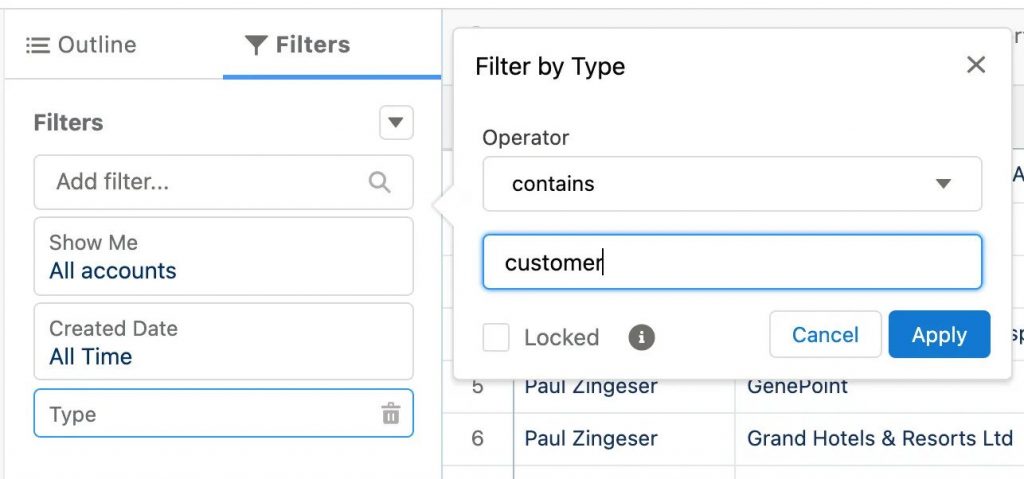Key takeaways
A healthy sales pipeline is an important determiner of your company’s success. A sales pipeline analysis is useful to help determine gaps in your pipeline while also making it simpler to capitalize on your sales team’s efforts that are already working and winning over clients.
There are a number of resources available to lean on and one of the best ways to ensure that your sales pipeline remains strong is by investing in a customer relationship management (CRM) platform. A good CRM should meet your company’s needs by offering an accurate visual representation of your sales activity.
Identifying gaps in your sales pipeline
One of the most challenging aspects facing sales professionals today is identifying gaps in their company’s sales pipeline. A gap is usually evident between a sales target or predetermined quota and the value of your pipeline. Generally, the sales targets that salespeople are assigned to will vary between companies and the industries that those companies serve.
It’s best not to underestimate the value and importance of your sales pipeline and the gaps that can sometimes present themselves. Failing to identify revenue gaps in your sales pipeline will put your company at risk of potentially losing new customers, and as a result, your business could suffer substantially.
ALSO READ: 6 Common Sales Mistakes to Avoid
Using sales pipeline analysis to find and address gaps
By creating a visual snapshot of your sales pipeline through a CRM, or by simply running thorough analyses, you may begin to notice certain patterns emerging that may be indicative of a problem or a set of problems that could impact your bottom line.
A loss of revenue isn’t entirely uncommon and can often occur when a sale or event fails to move a prospect to the next stage within the pipeline. It’s important that these revenue gaps are identified as soon as possible so as not to incur further revenue loss.
When your pipeline is visible, it’s much easier to pinpoint the factors that go on to influence a deal. When a deal falls through, its details should be isolated and addressed accordingly. It’s also imperative that your team members get into the habit of tracking their leads, improving communication with prospects and keeping to an organized workflow to ensure that future deals do not meet the same fate.

Using a CRM to boost your sales pipeline’s efficiency
Using a good CRM can make a big difference in how well your team performs and achieves its goals. It also allows you to filter the details of your sales pipeline by rep, team, or territory, which provides important insights into how well your business is running.
Many CRMs include a component that can perform a sales pipeline analysis and allow your team to identify and troubleshoot problematic areas that may exist somewhere within your sales process. A CRM is also great for organization and specifically assists businesses of all sizes by offering them tool customization, such as creating dashboards, and managing reports and alerts to help strengthen your pipeline.
Tracking lead conversion
One of the perks of using a CRM is that it makes tracking lead conversion simple. Wherever your prospects happen to fall in your sales pipeline, a good CRM will allow you to observe the level of their engagement with your business and whether they can ultimately be converted from leads to buyers.
Your sales reps will play an instrumental role in identifying prospective leads, stoking and maintaining their interest and eventually converting them into buyers that, with some finesse, will remain loyal customers.
Gauging the performance of your sales reps
No two salespeople are built the same way. As a sales manager you’ll often need to gauge the strengths and weaknesses of your individual team members. Those who require additional assistance with closing a deal or collecting new leads to convert can benefit greatly from management guidance.
Expert Tip
When taking all of this information into consideration, a regular sales pipeline analysis will become more natural and build the strength and versatility of your team.
By tracking the progress of each of your sales reps, you’ll be able to determine who is outperforming whom and which reps are struggling to close deals. Additionally, certain reps may be poorly allocating their time and effort into a potential deal that may not yield a sale in the long run.
Maintaining a strong sales pipeline
Performing a sales pipeline analysis is the first step to a healthy sales team and your bottom line, but maintaining the pipeline takes work and practice.
Understanding and tracking your sales representatives’ progress, along with acknowledging their concerns, will go a long way to ensuring that your team members continue to stay motivated. It’s important for your team to meet quotas, hit their sales targets and convert new prospects into customers.
Using a CRM can be useful in identifying issues within your pipeline by offering a visual representation of your team’s progress, and tracking prospects as they move through your pipeline. This will keep your sales reps organized and allow them to better understand the various areas they can improve upon while also acknowledging which strategies lead to winning solutions.
Looking for the latest in CRM solutions? Check out our CRM Software Buyer’s Guide.
